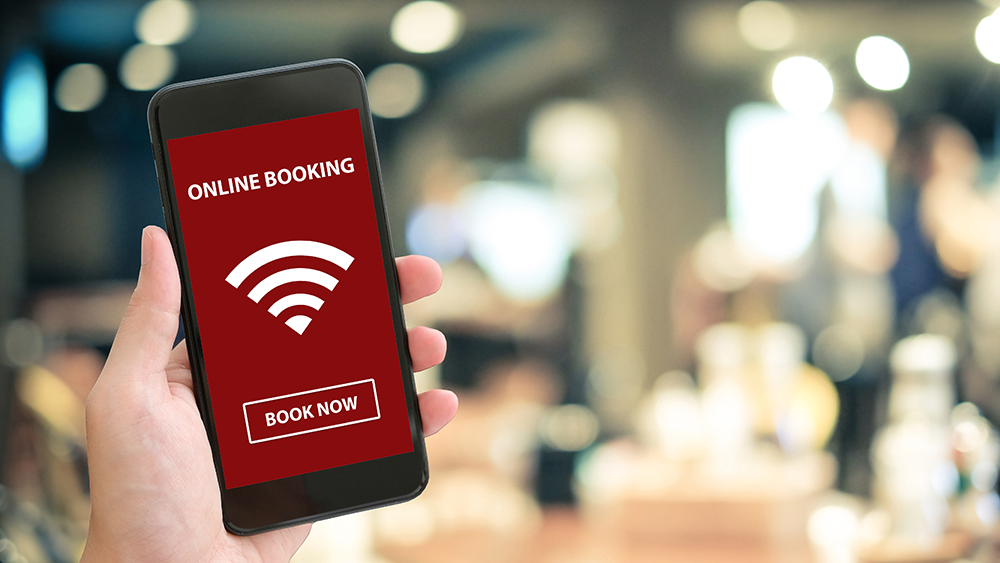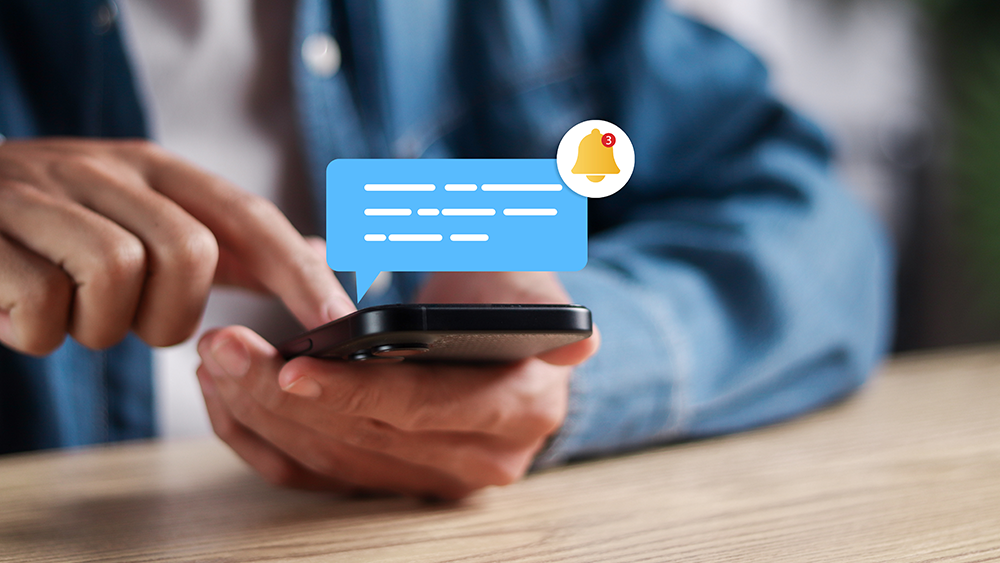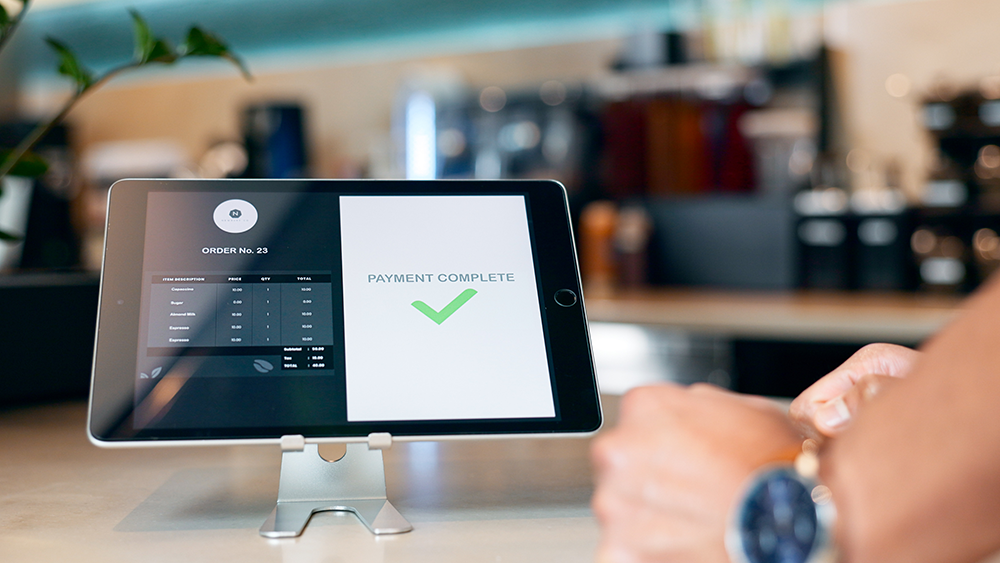By Miranda Spears, Contributor
When eating at a restaurant, customers either walk in and get seated immediately, make a reservation, or find themselves waiting for a table to get free. It can be very tricky for restaurant owners to manage reservations, which may lead to some customers being angry and never come back.
Using an Online Booking Platform
Online booking platforms can manage the availability of tables so that guests have a better dining experience, and so that restaurant owners know how many staff to allocate. It can help cut down costs as fewer staff can be on duty during hours with less traffic. Such platforms can easily be integrated into your restaurant’s already existing social media or website, so that your guests can directly make their reservations online.
Implement an Automated Waitlist
An effective waitlist system can help manage the flow of guests very efficiently, ensuring that none of the guests leave due to having to wait for too long. It also allows customers to know exactly when their table is ready without spending too much time waiting at the restaurant, improving satisfaction rates and ensuring that the restaurant uses its seating capacity to the maximum.
Send Reminders
Reminders are important to ensure that none of the guests forget about their reservations, and that none of the table space goes to waste. If a customer has booked in advance, send them reminders on the day and a few hours before the reservation. Let them know that their reservation will expire if they do not show up on the given time, so that they take their reservation seriously.
You can send the reminders through any booking or reservation system that you have integrated or directly through a text message, and can adopt an automated text message for business service to achieve that. Text messages have a 98% open rate, far surpassing that of emails.
Collect and Use Guest Data
A great way to improve on anything is to collect data about it, draw insights, and then look for solutions to the problems that show. Integrating reservation systems and software into your workflow can help you understand many statistics, such as how many customers are coming to your restaurant, how many tables were booked, what they ordered, how long they stayed, etc.
Restaurant owners can use these insights and make use of them by hiring part-time staff during peak hours or managing their inventory better by knowing what people are ordering. It also increases personalization as staff can make recommendations based on what guests typically order.
Integrate POS and Reservation Systems
With Point-of-Sale (POS) data systems integrated into your workflow, you can improve the efficiency of reservations at your restaurant by giving the option to your customers to get table availability updates. It also allows for contactless payments, such as using QR codes.
Since table availability is well known to customers, it also reduces the chances of double bookings, ensuring that the restaurant's capacity is used to its maximum. It also saves the staff from doing such work and increases overall efficiency. Such a system can also alert the staff of any high-spending customers so they can pay more attention to them. It also accumulates and shows data on staff requirements and gives insights into peak hours, for example, so that you can know when to have more staff on hand.
Train Staff on Tech and Etiquette
Training staff is very important and you should not only train them on how to use the latest technological systems that you are integrating, but also in how to teach them to customers. Not all customers are technologically advanced, but they can make use of your services only if you help them.
Your staff should also be able to communicate with the customers. For example, if a big group is coming during the peak hours of lunch, the staff can let the group know to inform them of the order beforehand, so that they can stay prepared.
Conclusion
Ensuring that your restaurant reservation system is effective ensures that you personalize your interaction with guests and provide them with what they need. Data helps get better insights and improve customer satisfaction rates, which will boost customer loyalty and increase the number of visits to the restaurant, boosting sales.












